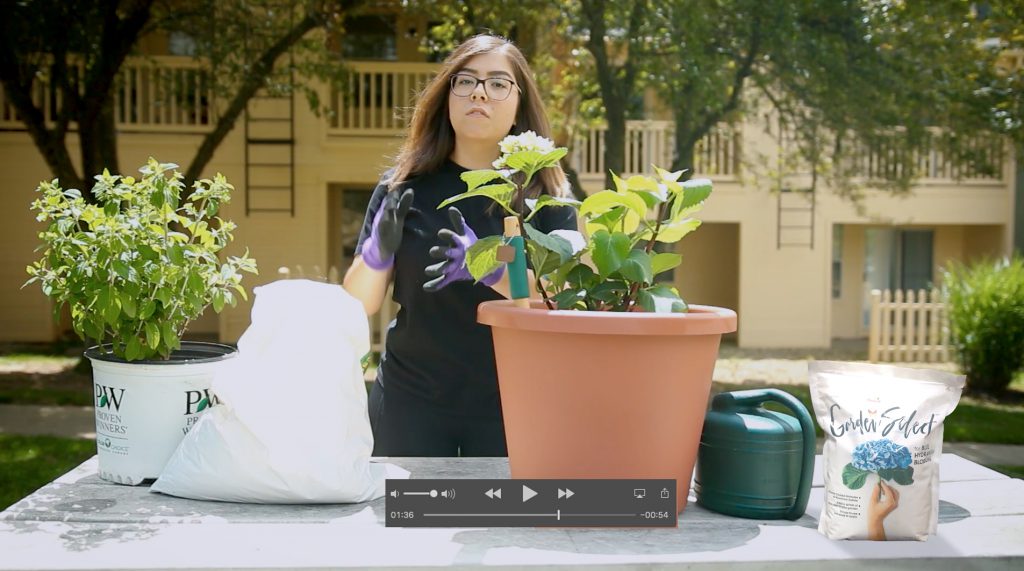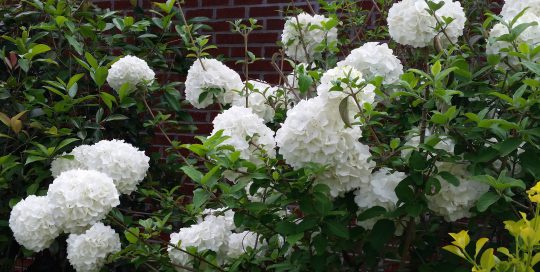There are certain flowers and plants that have, for me at least, come to serve as quintessential representations of the seasons. In autumn, I can’t get enough of asters, ornamental kale and the reds, golds, and purples of hardy mums. Winter brings visual interest in the form of evergreens, holly berries, dried seed pods, and eventually hellebores. And spring wouldn’t be the same without the bright, cheerful tulips and daffodils nodding in our front lawns. But nothing evokes the lazy, late afternoons of summer quite like hydrangeas.
At once carefree and elegant, hydrangeas turn this Midwestern girl’s thoughts directly to sunshine, sea spray, and sandy boardwalks. Traditionally a staple of coastal New England gardens, hydrangeas can be grown with great success throughout much of the United States. There are varieties suitable for full sun and full shade and everything in between, and flowers in varying colors, sizes, and shapes.
Plants are a good choice for beds and borders, and of course a white picket fence is an attractive and time-honored backdrop. But consider yourself warned: there’s just something about those oversized blooms that makes me want to scoop them into the wicker basket of my beach cruiser by the armful and pedal off into the sunset.
Hydrangea macrophylla
Perhaps the most instantly recognizable of all the hydrangea species, and the most popular among home gardeners, is Hydrangea macrophylla. This flower is commonly known as bigleaf or mophead hydrangea, due to its large, showy, round flowers. Hydrangeas often grow in spectacular borders, along fences, or as foundation plantings adjacent to adorable Cape Cod beach houses. These typically pink or blue flowers have an old-fashioned charm. It makes them a classic choice for a formal landscape or a whimsical cottage garden.
H. macrophylla grows and blooms best when planted in fertile, well-drained soil, with a mix of morning sun and some afternoon shade. Though in northern climates like the upper Midwest, plants can tolerate more sun throughout the day. These shrubs grow 3-6 feet tall, with a spread of 6-10 feet. They’re an excellent choice both in mass plantings and as specimen plants.
Mophead hydrangeas require little to no pruning, aside from the occasional removal of dead blooms and stems. They should be planted in a location where they can reach their full potential without being transplanted. Fertilizing once in spring or early summer is all that is required to keep plants thriving.
Bigleaf hydrangeas set their buds in late summer or early fall for the following season. Historically, this has made them a risky bet for gardeners in northern climates where harsh winters and freezing temperatures in late spring threatened blooming. However, new varieties that bloom on both old and new stems have allowed for successful growth as far north as zones 4 and 5.






